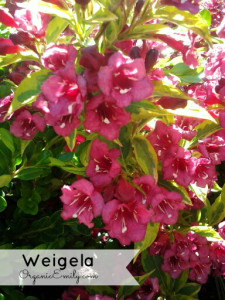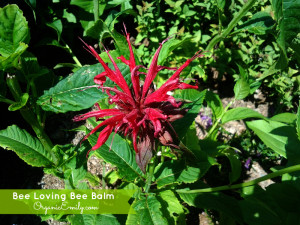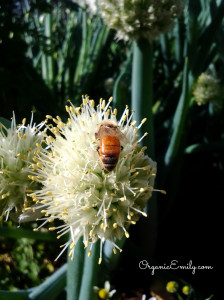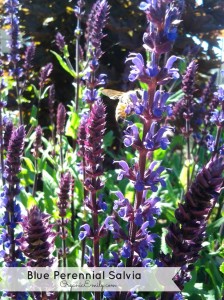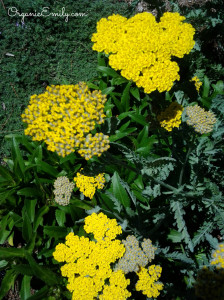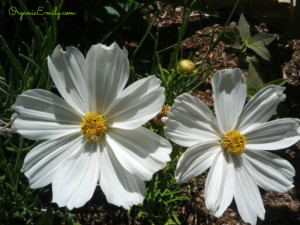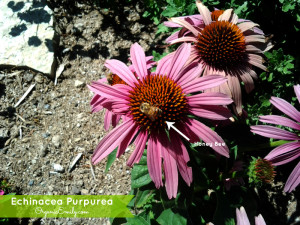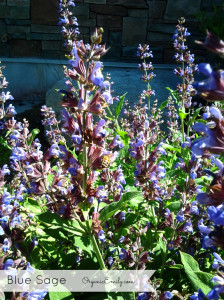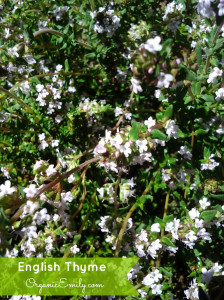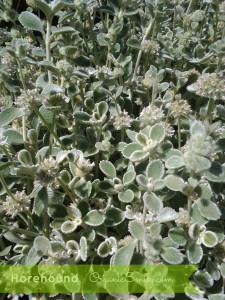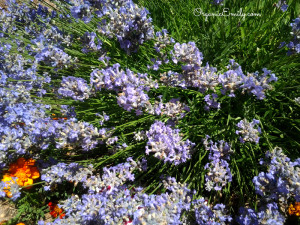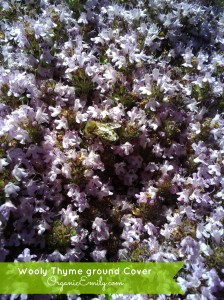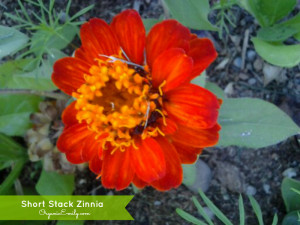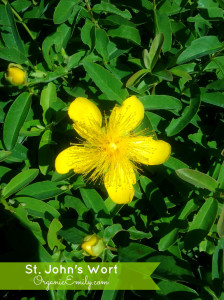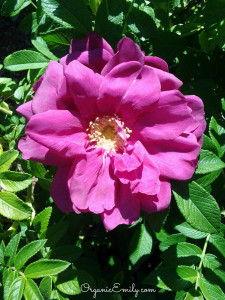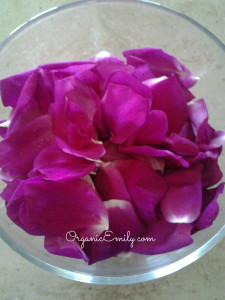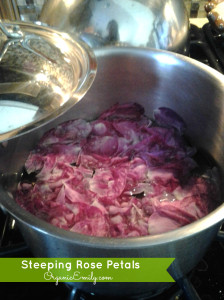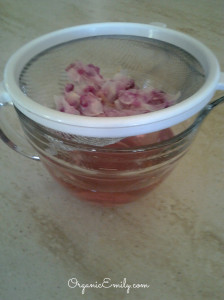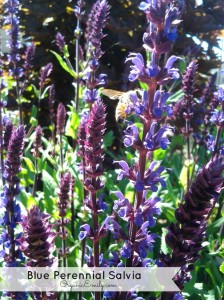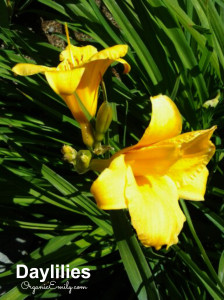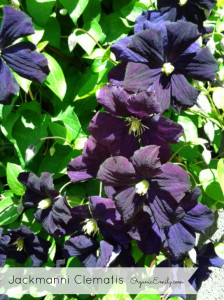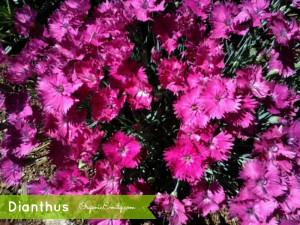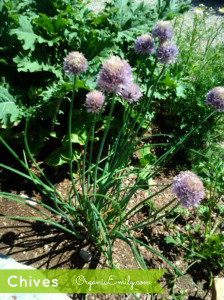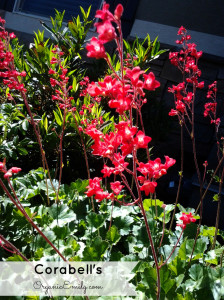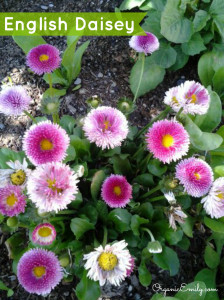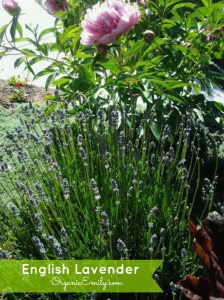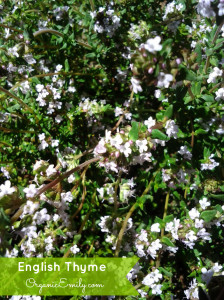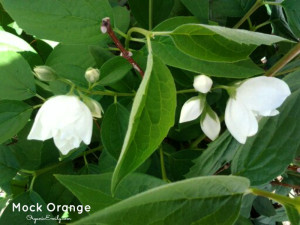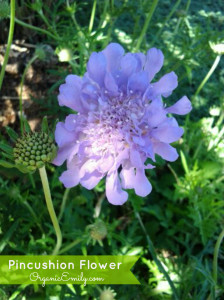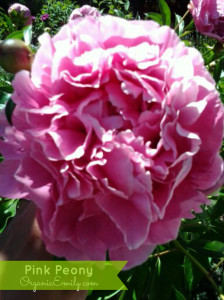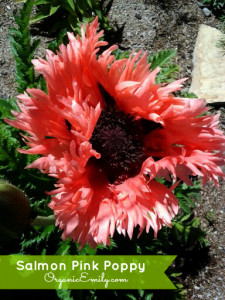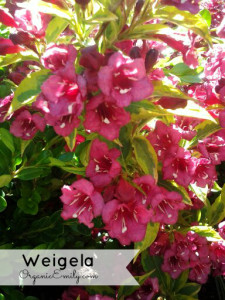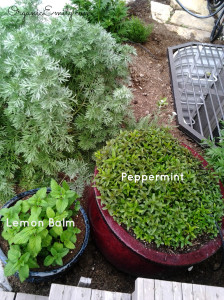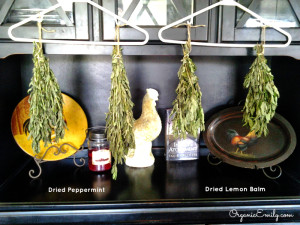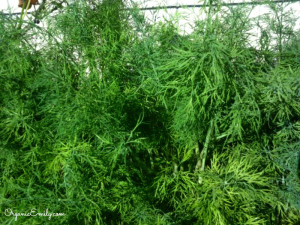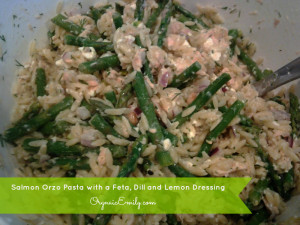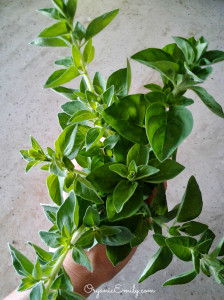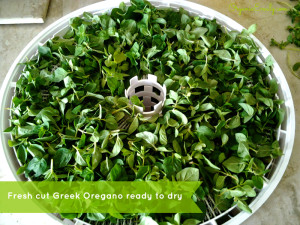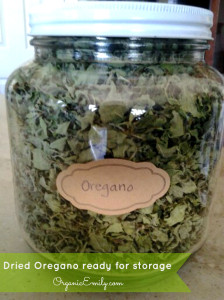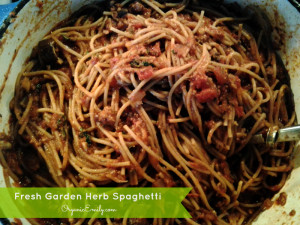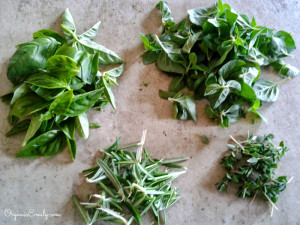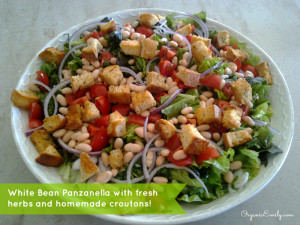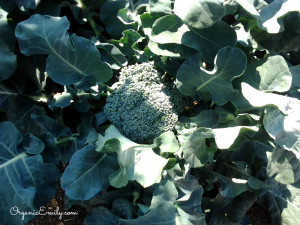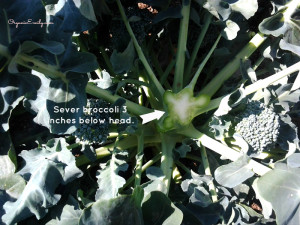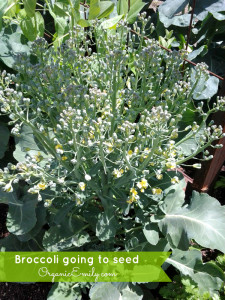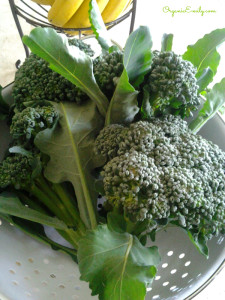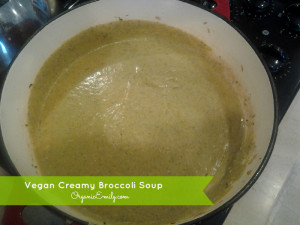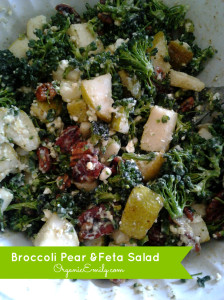I love to be in nature! Whether I am in my own garden growing something beautiful and delicious or up hiking in the mountains I always feel a sense of peace! Being in nature is my therapy to get me through the stress of life! There is a spiritual side to nature that brings a feeling of reverence and thanksgiving for the Creator of all things as each multiplies and replenishes this earth. Each insect, animal, shrub, plant and tree all have a purpose. Some of those purposes include pollination of many plants. In fact 60% of our food has to be pollinated by insects. That’s a lot! The honeybee is a big contributor to pollinating the food we eat. Many honey bees have been dying off for reasons no one quite understands. Recently there has been a great movement happening! People are keeping honeybees in their own backyards in the cities and suburban communities! I have been keeping bees for 2 years now and love it! There is a lot to know and understand, but once I got the hang of it, it really has become very low maintenance and thoroughly enjoyable! I plant lot’s of beneficial insect loving plants! They not only beautify my yard and home, but also provide the necessary pollen and nectar for my bees as well as wild beneficial insects too! Here are some I like to grow, both perennial and annual!
Bee balm is from the mint family and is a perennial. It’s not as invasive, but still can spread. The flower is a a favorite to the humming bird and also edible for humans! Try throwing a few blooms into a salad!
Bees love onion blooms! Onions that bloom the second season are great for saving seeds! This honey bee was hard at work collecting pollen as I harvested my chamomile!
Blue Salvia is a beautiful June perennial. Cut back the dead after it blooms and it will flower again!
Yarrow attracts many types of beneficial insects and blooms all summer long!
Cosmos is an annual that self seeds very well! It comes in many colors and both tall and short varieties. Honeybees love this one too!
Echinacea is a perennial that gets bigger every year! The leaves, flowers and roots can be harvested for medicinal purposes!
Blue sage, an edible herb used for stuffing on Thanksgiving day at our house! Can you see the honeybee?
Another favorite herb for both bees and humans, but especially bees if allowed to flower!
This low growing perennial is covered in bees in the spring when it blooms! It can also be used to make homemade cough syrup!
Lavender is a favorite of honey bees. So is Russian Sage, both look similar but I grow the lavender to harvest for myself!
Wooly Thyme is a great perennial ground cover to help prevent weeds and the honeybees love it too!
Zinnias come in all shapes, colors and sizes! Many insects are attracted to this beautiful annual, like butterflies, honey bees and humming birds!
Honey bees are all over this beautiful perennial towards the end of June! I’ll be harvesting some of my blooms for making a skin healing salve soon!
These are just a few plants that benefit our much needed insects to do the hard work of pollination! Other plants not shown are Blue Beard, Butterfly Bush, Coreopsis, Black Eyed Susan (Rebekiah), Chrysanthemums, Yarrow, Red Clover and many more! Grow your own beautiful plants to help the honey bees and our local farms and neighborhood gardens!

